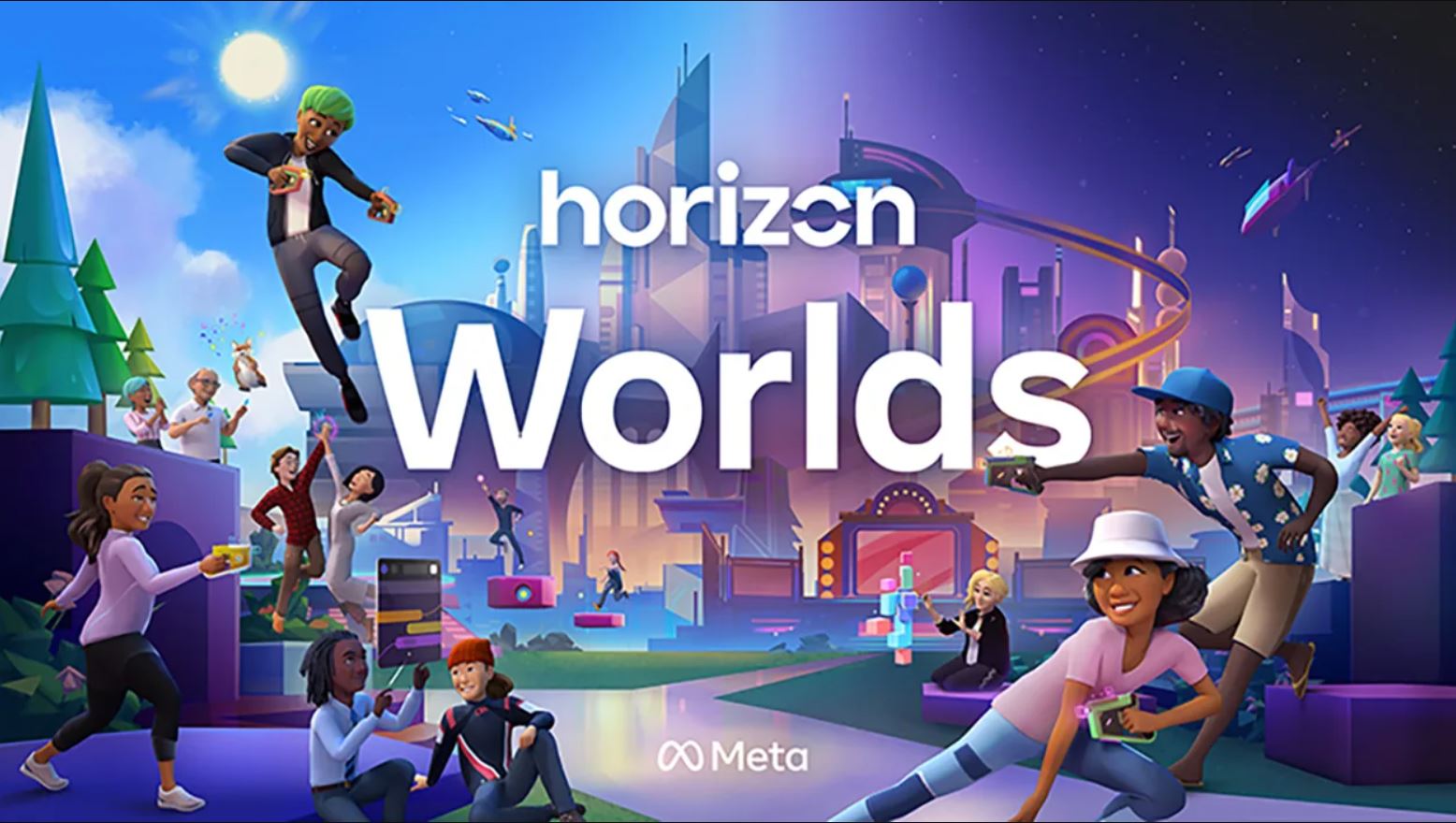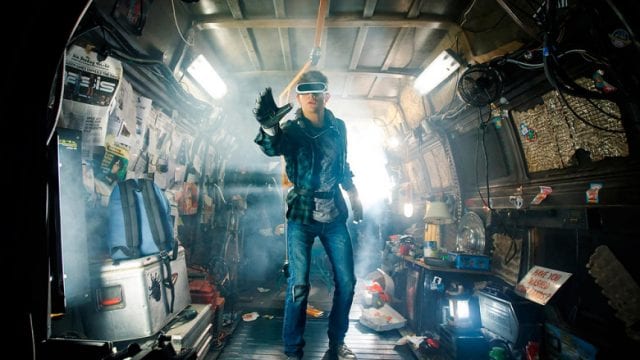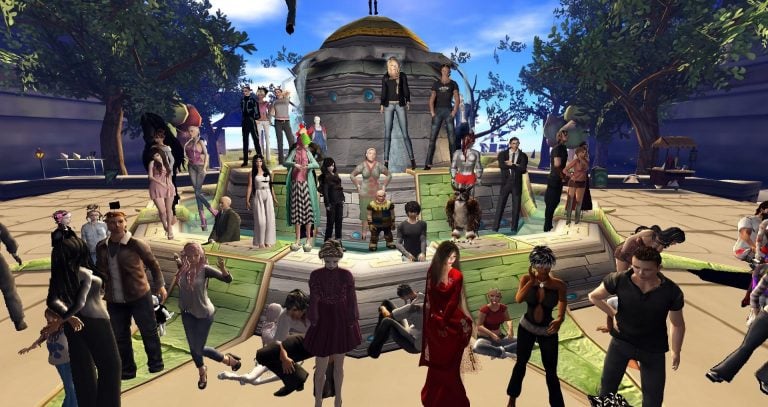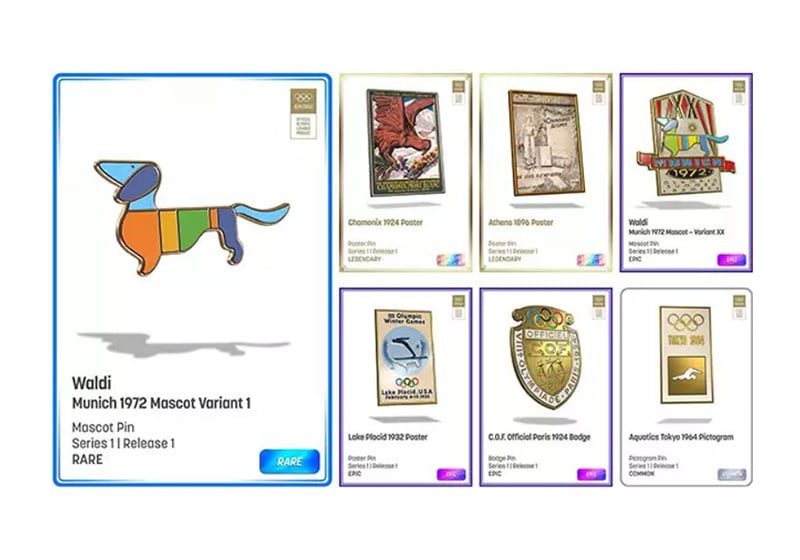Table of Contents
The metaverse: what it is and the opportunities it offers businesses
On 28 October 2021, Mark Zuckerberg announced that Facebook was changing its name to Meta. He described the transformation the company would undergo as follows: “The next platform will be even more immersive – an embodied internet where you’re in the experience, not just looking at it. We call this the metaverse, and it will touch every product we build.”
Over past few years, Facebook has invested billions of dollars in acquiring virtual reality technologies that can be used to create Horizon, a “social virtual reality” platform. Horizon is a digital environment for connecting people and enabling them to interact, providing them with a feeling of closeness and presence similar to the real world.
So, what led one of the world’s most popular social networks – and many other big global corporations – to bet on this completely new technology that promises huge potential but is still largely unproven and little used?

To answer this question, it’s important to first understand what the metaverse is, how it works and the opportunities it offers businesses that want to take their first steps in this new virtual universe.
What is the metaverse?
The metaverse is a digital platform – accessible to anyone with as virtual reality headset and an internet connection – where you can engage in a variety of work or recreational activities by interacting with other users through your own “digital alter ego”, which is known as an avatar.
According to Matthew Ball, the entrepreneur and author of “The Metaverse: And How it Will Revolutionize Everything”, the metaverse is “an expansive network of persistent, real-time rendered 3D worlds and simulations that support continuity of identity, objects, history, payments, and entitlements.”

In other words, the metaverse is a three-dimensional universe that can’t be stopped and can’t undergo a factory reset, just like the physical universe. And just like the Internet, it belongs to no one and is populated by individual users, groups and companies.
This interoperable network of worlds and 3D simulations in real time is based on the exchange of data, digital objects and content, and has a fully functioning economy in which people and businesses can create, purchase and sell virtual resources. Through their avatars, users can enjoy immersive experiences without leaving their homes: from travel to work meetings to events, shows and concerts.
The metaverse’s economy is based on cryptocurrencies – digital coins for buying goods and services – and NFT (non fungible token) trading. NFT are certificates of virtual ownership that are attributed to a single, unchangeable object and recorded in a blockchain: for example, a work of art, video or music track.
The origins of the metaverse
An early form of metaverse was first described in Neal Stephenson’s science fiction novel “Snow Crash”, published in 1992. The author describes it like this: “a fictional structure made out of code. And code is just a form of speech – the form that computers understand. The Metaverse in its entirety could be considered a single vast nam-shub, enacting itself on [… a] fiber-optic network”. Stephenson imagines the metaverse as an immense black sphere, with a single road crossing it, in which people can engage in their favourite activities in the shoes of their digital twin, the avatar.
Ernest Cline’s “Ready Player One” (2010), which was made into a film by Steven Spielberg in 2018, also describes the metaverse, but here it is much more like the version that we imagine today. Set in 2045, the novel sketches out a real universe in which wars, pollution and overpopulation force human beings to escape to Oasis, a virtual world accessible through special headsets and gloves. Oasis offers a fun and pleasant “alternative reality” where people can choose the character they want to be and live a parallel life through their avatar.

The first virtual reality experiment in the tech world dates to the release of “Active Worlds” in 1995. On this platform, you could construct buildings, sell digital objects and communicate with other users who were close to your avatar. In 2003, the creators of Second Life took inspiration from Active Worlds in creating a virtual world even richer in functionality where people could have different experiences, from buying and selling land to dancing with (virtual) friends at a gig.

Marketing in the metaverse
The metaverse resembles a new version of the Internet, a hybrid environment where the boundaries between physical reality and virtual reality are very subtle. To seize the opportunities offered by this “phygital” reality, brands will have to completely rethink their marketing strategies. The new challenge is to offer ever more immersive and engaging experiences by blending together bricks-and-mortar shops, online stores, social media, augmented reality, and virtual objects and content in a multi-channel approach. Let’s take a closer look at some of the biggest opportunities offered by the metaverse and how to make the most of them.
Infinite narrative possibilities
Thanks to 3D simulation, brands can design more compelling and immersive events and content. For example, it’s possible to launch promotions with limited access within a personalised digital space. Corporate storytelling now has an incredible new communication channel where there are no limits on creativity and where businesses can offer experiences that can’t be recreated in real life.
One such example is the Gucci Garden Experience – a virtual exhibition space available on the Roblox games platform – created by fashion label Gucci to celebrate its 100th anniversary. The environment is split up into a series of themed rooms in which players can try on different limited-edition virtual clothes and accessories, and even buy them. Surprising visual effects invite visitors to immerse themselves in a surreal and captivating world.

New sales opportunities
The possibility of selling NFTs, digital objects that are non-interchangeable and non-modifiable, offers interesting prospects to those who want to be innovative in their marketing strategy. The music and art markets have already started using this identification system for virtual property in order to overcome some of the challenges of managing copyright and intellectual property. And lots of large companies and international organisations have started selling NFTs to build customer loyalty by, for example, launching competitions with limited-edition virtual objects as the prize.
For the 2020 Tokyo Olympics, the International Olympic Committee sold NFTs in the form of limited-edition pins and mini multiplayer video games for every sport.

Meanwhile, McDonald’s launched a competition on Twitter to win 10 McRib NFTs that are digital representations of the famous sandwich. Although the initial value of a “virtual sandwich” was estimated at 20 dollars, this will likely increase considerably given the limited number of items available.
Learning (and buying) through play
Videogames and 3D simulations can illustrate the features and functions of products and services in a fun and engaging way.
Car manufacturer Nissan chose to use advergames and immersive reality to launch one of its new car models. Through augmented reality and a virtual driving simulator, the public can explore Nissan Juke’s options and virtually test drive the vehicle for an experience that is surprisingly similar to the real thing.
The metaverse is about to revolutionise the way we experience both the virtual and real worlds. Businesses that know how to properly “inhabit” this still largely unknown territory will be able to get closer to their customers using tools and languages with unlimited potential. It’s about being curious and gradually embracing this new world to understand which, among the many avenues it offers, are best for your business.

